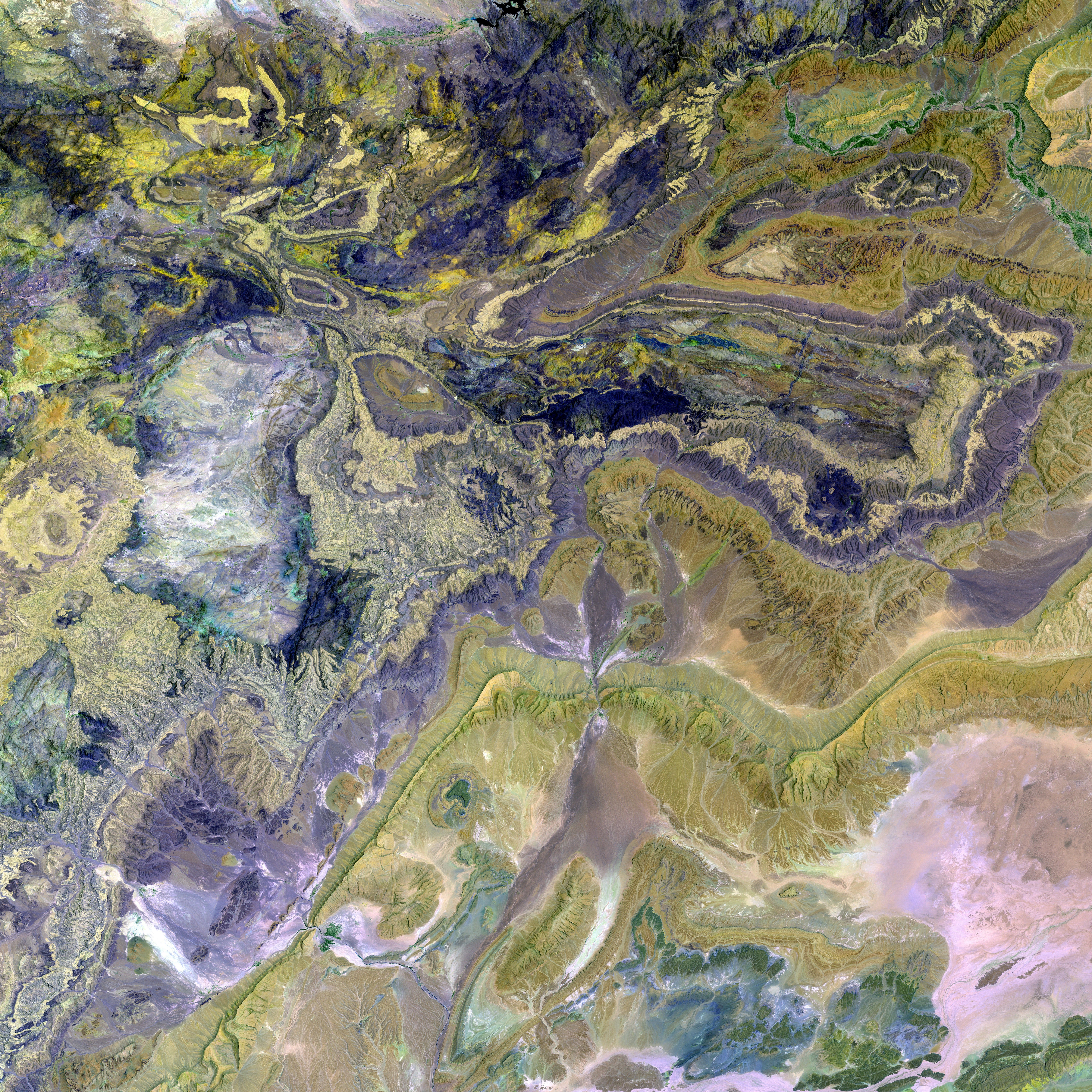Unrest hidden beneath tranquil facade
In the blazing Thai sun, the Kok River glistens as it snakes through Chiang Mai and Chiang Rai, only to unsettle those who rely on its waters. Once a lifeline for villages, farms, and tourism, the river now casts a shadow of fear and uncertainty.
Hidden beneath its gleaming surface, a perilous threat lurks: dangerously high concentrations of arsenic, a hazardous heavy metal. This silenty poison now leaves villagers, their livelihoods, and their health hanging in a precarious balance.
In the quiet village of Ban Huai Kum, Chiang Rai's Muang district, a weary Supin Kamjai, 63, gazes at her withered vegetables. "We've stopped using river water," she says, her voice hollow. "But what good does that do now?" Her gnarled hands, battered by decades of toil, gesture towards her failing harvest - the fruits of labour once meant to sustain her family for months.
Next to her, Boonchai Phanasawangwong, local community advocate, echoes her concern: "Our children play in the river, and now they have red, itchy rashes. We don't know if it's from the arsenic, but no one's come to check on us."
The crisis began to unfold in late 2024 when the clear water turned to mud. In Ban Kwae Wua Dam, children started developing rashes after playing in the river.
In Huai Chomphu, farmers noticed their crops wilting despite daily watering. By early 2025, lab tests confirmed their worst fears: the river was contaminated with alarming levels of arsenic.
The contamination was particularly severe in Mae Ai district, Chiang Mai, where arsenic levels hit 0.026 milligrams per liter (mg/L) - more than double the safety standard of 0.01 mg/L. Lead was also found at 0.076 mg/L, exceeding the safe limit of 0.05 mg/L.
Speaking to the threat, Dr Amporn Benjaponpitak, Director-general of the Department of Health, confirmed the presence of both arsenic and lead in the river and warned of severe health risks to the local population. These risks include skin rashes, diarrhea, nausea, vomiting and long-term dangers like skin cancer and neurological disorders.
Upstream mining activities in Myanmar's Shan State are thought to be the sources of arsenic. Environmental groups and academic researchers point towards 23 suspected gold mining sites operating without thorough environmental impact assessments. With each rain, sediment-laden runoff trickles down the hills, carrying heavy metals like arsenic and lead into the river system that flows into Thailand.
Thai officials are seeking prompt action, acknowledging the potential risks associated withMyanmar's mining operations. Senator Sen Cheewapap Cheewatham, chairman of the Senate Natural Resources and Environment Committee, voiced concern over the satellite imagery showing mining operations in the upper reaches of the river in the Shan State of Myanmar.
For the families who have bathed in the river's waters and tended crops along its banks for generations, one plea remains: clean water, and a path to restore the river's lifeblood. The Kok River still flows, but the fight to save it is only just beginning.
- In the village of Ban Huai Kum, Chiang Rai's Muang district, Supin Kamjai, a 63-year-old villager, gazes at her withered vegetables, voicing her concern about the impact of the contaminated river water on her failing harvest.
- Boonchai Phanasawangwong, a local community advocate, echoes Supin's concern, expressing worry about the red, itchy rashes that have been appearing on children's skin after playing in the river, with speculations that these could be linked to the arsenic contamination.
- The sudden contamination of the Kok River with high levels of arsenic and lead was first noticed in late 2024 in Ban Kwae Wua Dam, where children started developing rashes after playing in the river.
- In Huai Chomphu, farmers found their crops wilting despite daily watering, leading to lab tests confirming the contamination of the river with alarmingly high levels of arsenic by early 2025.
- The high concentration of arsenic and lead in the river is thought to stem from upstream mining activities in Myanmar's Shan State, with 23 suspected gold mining sites operating without comprehensive environmental impact assessments.
- Recognizing the potential risks posed by Myanmar's mining operations, Thai officials call for prompt action and are gravely concerned about the contaminated river water affecting health-and-wellness (including skin-care and medical-conditions), not to mention the long-term consequences for the environment and the fitness-and-exercise lifestyle, as well as the potential links to climate-change.




